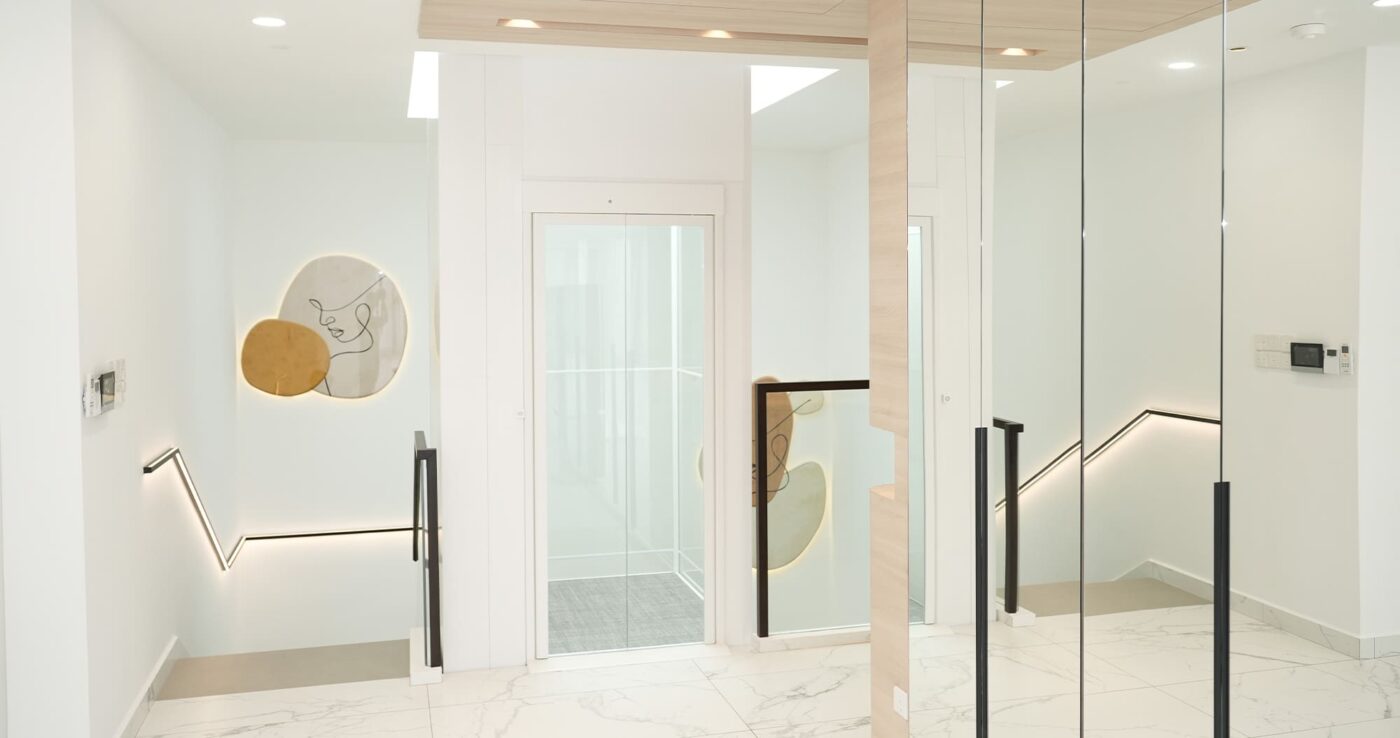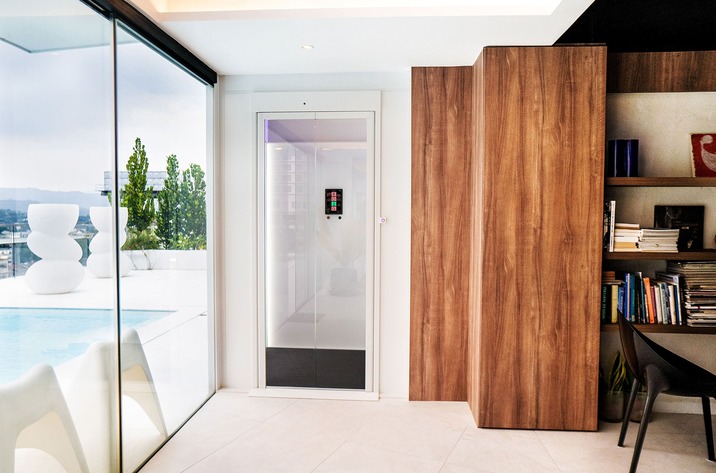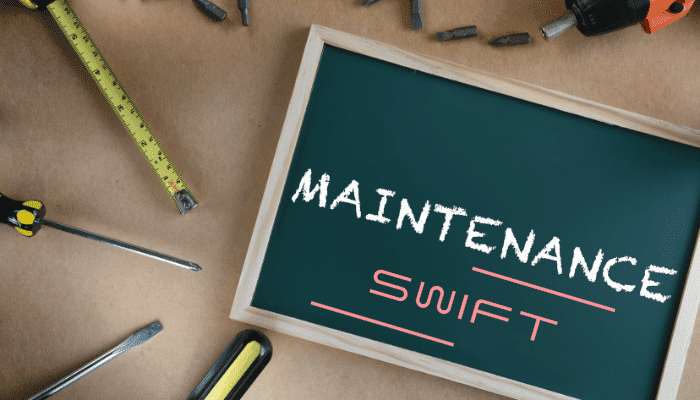
The demand for easily accessible and practical home elements is growing as modern living changes. The domestic lifts for houses is one such convenience that has grown in popularity. Home elevators have many advantages, including improving the mobility of the elderly and disabled, adding a luxurious touch, and raising the value of a house. However, to fully enjoy these advantages, you must choose the ideal site for your home lift installation. This blog will discuss the best places to put elevators for homes, things to think about while making that decision, different kinds of home lifts and how to install them, and maintenance and cost issues.
Why Install a Home Lift?
Home lifts, also known as lifts for homes or domestic lifts for houses, are designed to improve accessibility and convenience within a multi-story residence. They provide a seamless way for individuals with mobility issues to navigate between floors, fostering independence and safety. Additionally, home lifts are convenient for carrying heavy items, groceries, or laundry between levels, making everyday tasks more accessible and more efficient.
Ideal Locations for a Home Lift
Hallways
Hallways are popular for home lift installations due to their central location and easy access. Installing a lift in a hallway can serve multiple rooms on different floors without compromising much space. Hallway installations are particularly advantageous in homes with narrow staircases or limited rooms near the stairs.
Near the Stairs
Another common and practical location for a home lift is near the stairs. This option is often selected because it follows the natural flow of movement within the house. Installing a lift adjacent to the staircase can blend seamlessly into the home’s design, providing a functional and aesthetic solution.
Garage or Basement
The garage or basement is an ideal location for homeowners seeking to maintain their living space while adding a lift. Installing a lift in the garage or basement can provide easy access to the main living areas from the ground level without altering the home’s interior layout. This option is especially useful for transporting heavy items directly from the car to the living space.
Living Room or Other Central Locations
Placing a home lift in the living room or another central location ensures that it is easily accessible from the most frequently used areas of the house. This can be particularly beneficial in larger homes with significant distance between rooms. A centrally located lift can be a focal point and add a modern, stylish touch to the home’s interior.
Custom Spaces
In some homes, traditional options may not be feasible due to architectural constraints or personal preferences. In such cases, custom spaces can be created for home lift installations. This might involve converting a closet, a small room, or an unused corner into a dedicated lift area. Custom installations can be tailored to fit unique layouts and specific needs, offering flexibility and creativity in design.

Factors to Consider When Choosing a Location
When selecting the best location for your home lift, several factors should be taken into account:
Space Availability: Ensure enough space to accommodate the lift’s dimensions and any necessary structural modifications.
Structural Integrity: The chosen location must have the structural strength to support the lift and its components.
Access Points: Consider the ease of access to and from the lift on all floors.
Aesthetics: The lift should complement the home’s interior design and not obstruct essential areas.
Regulations and Codes: Compliance with local building codes and regulations is mandatory for safety and legal purposes.
Types of Home Lifts and Their Installation Requirements
There are various types of home lifts, each with its installation requirements:
Hydraulic Lifts: Require a separate machine room and are suitable for homes with enough space for this addition.
Traction Lifts: Use counterweights and pulleys, often requiring a dedicated shaft.
Screw and Nut-Driven Home Lifts: Screw and nut-driven lifts of SWIFT are extraordinarily compact and space-efficient, making them ideal for homes with limited space.
Pneumatic Lifts: Operate using air pressure and do not need a machine room, making them ideal for homes with limited space. Platform Lifts: Typically used for short distances and require minimal structural changes.

Cost and Maintenance Considerations
The cost of installing a home lift can vary widely depending on the installation’s type, location, and complexity. Hydraulic and traction lifts are more expensive due to their installation requirements, while pneumatic and platform lifts are generally more cost-effective. On average, the cost of installing a home lift can range from $15,000 to $50,000, including installation and structural modifications.
Maintenance is another crucial aspect to consider. Regular maintenance ensures the safety and reliability of the lift. Manufacturers or installation companies often offer service contracts covering routine inspections and repairs.
Consult with Our Experts: Find the Perfect Spot for Your Home Lift
Choosing the best location for your home lift is a significant decision that requires careful planning and expertise. At Swift Lift, our experienced professionals can help you assess your home, understand your needs, and recommend the ideal lift and installation spot. Contact us today for a consultation and take the first step towards enhancing your home’s accessibility and convenience.
FAQs
The best place to install a home lift depends on your home’s layout, space availability, and personal preferences. Common locations include hallways, near the stairs, garage or basement, and living rooms.
The space required for a home lift varies by type. Generally, a minimum space of about 4-5 square feet and additional room for the lift’s components and structural modifications are needed.
Home lifts come in various types, including hydraulic, traction, pneumatic, and platform lifts. Each type has its installation requirements and benefits.
Installing a home lift can cost between $15,000 and $50,000, depending on the lift type, installation complexity, and any necessary structural changes.
Yes, home lifts are designed with safety features and undergo rigorous testing to ensure reliability. Regular maintenance and adherence to safety regulations further enhance their safety and performance.
Get In Touch










